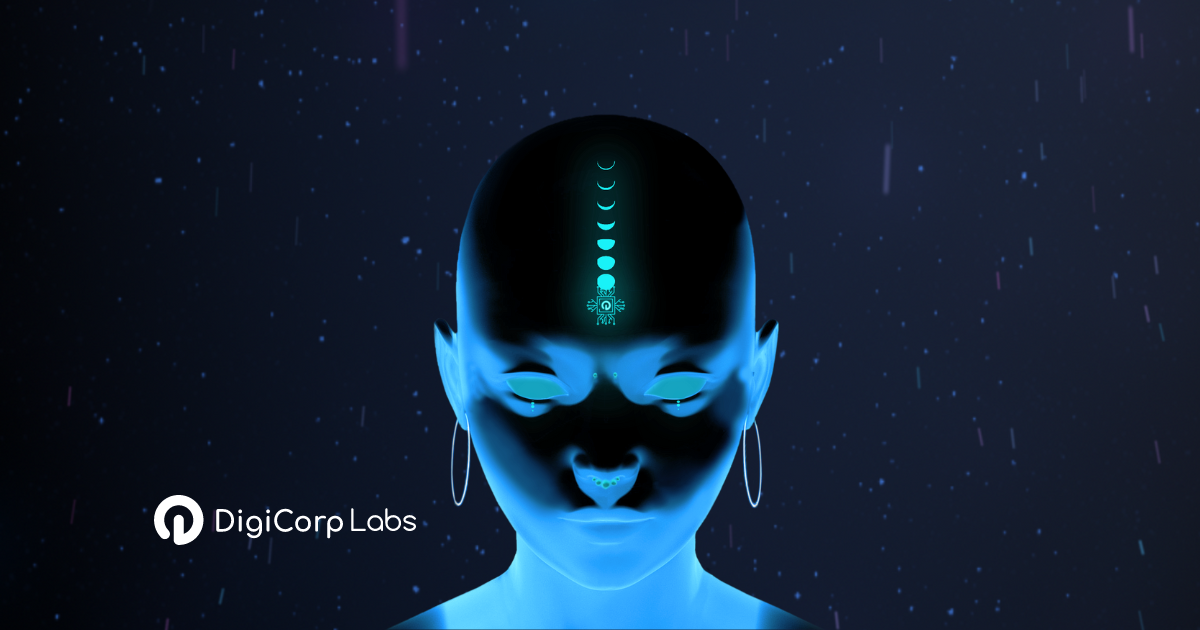
One of the core challenges in master data management (MDM), lies in creating a ‘single source of truth’ for your organization.
When enterprises’ golden data is collected from many information systems and stored in a single database, how do you make sure that both the data and the language it’s described in becomes the only source of truth for all users?
Blockchain offers interesting new opportunities for this, thanks to its ability to collect distributed data in a structured way, translate it into uniform, time-stamped data blocks and freeze them in a blockchain.
Implementing blockchain as a database enables the simultaneous solving of several MDM challenges – and when everyone speaks the language of blockchain, the application-specific dialects common in enterprise applications can be eliminated.
MDM is a discipline that enables businesses to digitally ensure the uniformity, accuracy, stewardship, semantic consistency and accountability of their officially shared master data.
This data is an organization’s golden data, and refers to core enterprise entities such as customers, suppliers, products, services and finances – without which, businesses cannot function.
Blockchain is an excellent technique for capturing master data consistently, securely and in a distributed fashion. It shows the complete transaction history of every node in a decentralized, peer-to-peer (P2P) network, making each one a complete ledger.
In most enterprises, systems such as ERP, CRM, SCM and PDM generate master data decentrally, but the real shift lies in making the entire database for this crucial business information decentralized too.
Capturing data in a distributed blockchain automatically creates a central data system that’s perfect for MDM, because when nodes become distinct connection points for individual business functions, it accelerates the processing and storage of master.
Implementing a generic protocol in the blockchain can help ensure master data is always automatically present on every node in the network.
The unique properties of a blockchain as a distributed source of truth automatically create one large, distributed master database that provides access to every node, with each owning a complete copy and thus able to function independently if parts of the network fail.
Using blockchain also eliminates the need to rely on a central, vulnerable hub or intermediary to build the trust of a single source of truth. When MDM functionality is built into the blockchain, each application writes transaction data relevant to other applications, and communicates through a common language and platform. The resulting benefit means that connecting new enterprise systems to the blockchain requires no migration efforts.
Blockchain doesn’t just master the data – it also controls the language used to communicate between endpoints, making it an effective master language management (MLM) system too. MLM is ideal for master data generation, thanks to its ability to immediately check whether additions to the common set of data are in the same language as they are processed and stored in the blockchain.
This system will eventually result in everyone speaking the same blockchain language, with no room for the application-specific dialects often found in enterprise applications.
Migrating your MDM to blockchain has multiple business benefits. You’ll not only be migrating your golden data to a future-proof, decentralized technology, but you’ll be immediately able to build in functionality that updates, unifies and translates existing master data. Defining your future MDM architecture and capturing it in operational, immutable blockchain-based smart contracts will unify your MDM – now and in the future.
Blockchain's unique immutability creates a direct archive and a mutable MDM database for registered version control – and its distributed ledger and consensus algorithms can also help to reconcile data.
To make this happen, you’ll need to design your blockchain MDM solution with source systems as specific nodes of the decentralized network. This will enable consensus algorithms in the blockchain protocol to take over management, ensuring data integrity and securing the same data on all nodes of the blockchain network.
Once your master data is securely and unambiguously stored in an open blockchain, sharing it is simple. You can grant any person, machine or organization access to any of your master data by giving them the right key and designation. Following an identity authentication and verification process, they will be able to find encrypted data in the blockchain with the relevant key.
Data encryption, data stamps, hash functions and consensus algorithms make hacking or tampering with blockchain data impossible. No technology is completely hacker-proof, but a well-configured and distributed blockchain comes pretty close.
It’s also worth noting that blockchain stores transactions, not their end results – which many MDM applications are solely designed to record as entity data.
Instead, blockchains serve as generic application platforms, storing heterogeneous transaction information and behaving like single databases, despite their distributed foundations, which use consensus mechanisms to make sure each node contains the same unified data.
Blockchains create immutable logs, which help build trust in the system by facilitating financial or legal transactions in large, distributed networks where not all members know each other. This functionality can even eliminate the need for audits.
With these enterprise advantages in mind, DigiCorp Labs has designed an MDM-capable smart layer based on an open UTXO blockchain.
The proof-of-concept at a large, multinational company confirmed our technique’s ability to capture, modify and maintain MDM functions in the blockchain.
This year, we will build upon this unique, patent-pending product, and make it available for modern MDM solutions.
More and more, blockchain is a logical step forward in solving distribution challenges. So consider: what could unifying, cleansing, standardizing and deduplicating your entity data with pre-built data quality algorithms, DQ product suites and audit trails, histories and hierarchies do for you?